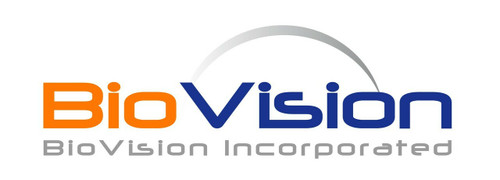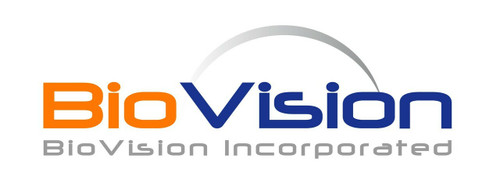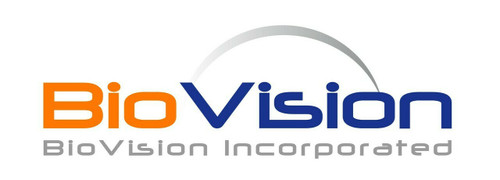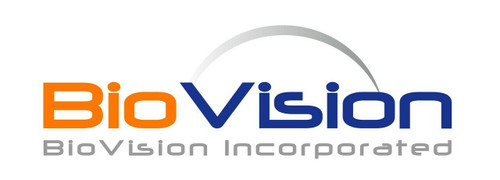Product Description
Urokinase-type plasminogen activator is also known as PLAU and UPA, a serine protease with an extremely limited substrate specificity, cleaving the sequence Cys – Pro – Gly - Arg560 - Val561 – Val – Gly – Gly – Cys in plasminogen to form plasmin. uPA is a potent marker of invasion and metastasis in a variety of human cancers associated with breast, stomach, colon, bladder, ovary, brain and endometrium.uPA and its receptor (uPAR) have been implicated in a broad spectrum of pathophysiological processes, including fibrinolysis, proteolysis, inflammation, atherogenesis and plaque destabilization, all of which are involved in the pathogenesis of MI (myocardial infarction).
Biovision | P1549 | Human CellExp™ PLAU / uPA (Activated), Human Recombinant DataSheet
Biomolecule/Target :
Synonyms: Urokinase, PLAU, ATF, UPA, URK, u-PA, BDPLT5, QPD
Alternates names: Urokinase, PLAU, ATF, UPA, URK, u-PA, BDPLT5, QPD
Taglines: A potent marker of invasion and metastasis in a variety of human cancers
NCBI Gene ID #: 5328
NCBI Gene Symbol: PLAU
Gene Source: Human
Accession #: P00749-1
Recombinant: TRUE
Source: HEK 293 cells
Purity by SDS-PAGE: >90%
Assay:
Purity:
Assay #2:
Endotoxin Level: Less than 1.0 EU per ug by the LAL method.
Activity (Specifications/test method): Measured by it's ability to cleave a peptide substrate, N-carbobenzyloxy-Gly-Gly-Arg-7-amido-4-methylcoumarin (Z-GGR-AMC). The specific activity is >2,000 pmol/min/ug, as measured under the described conditions.
Biological activity:
Results:
Binding Capacity:
Unit Definition:
Molecular Weight: This protein carries a polyhistidine tag at the C-terminus. The active form of Human PLAU is a disulfide-linked heterodimer composed of long chain A (Ser 21 - Phe 177) and chain B (Ile 179 - Leu 431) with calculated MW of 17.8 kDa and 29.2 kDa. The long chain A is further cleaved to yield a short chain A (Lys 156 - Phe 177) and N-terminal fragment (Ser 21 - Lys 155) with calculated MW of 15.3 kDa. The protein migrates as 17 kDa (N-terminal fragment), 32-35 kDa (chain B) and 45-50 kDa (long chain A & chain B) under non-reducing (NR) condition (SDS-PAGE) due to glycosylation.
Concentration:
Appearance: Lyophilized powder
Physical form description: Lyophilized
Reconstitution Instructions: Centrifuge the vial prior to opening. Reconstitute in deionized water. Do not vortex. For extended storage, it is recommended to store at -70°C
Amino acid sequence: aa Ser 21 - Leu 431
Handling: Centrifuge the vial prior to opening.
Usage: For Research Use Only! Not to be used in humans
 Euro
Euro
 USD
USD
 British Pound
British Pound
 NULL
NULL












